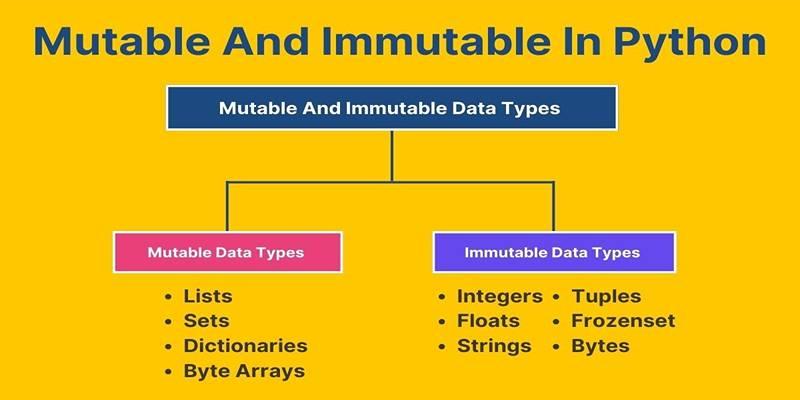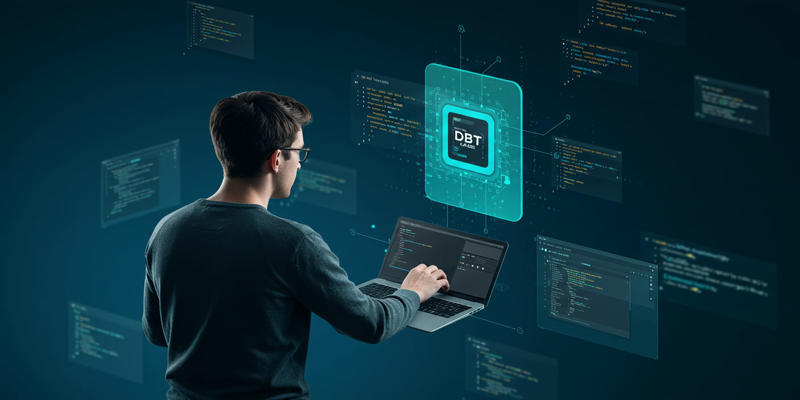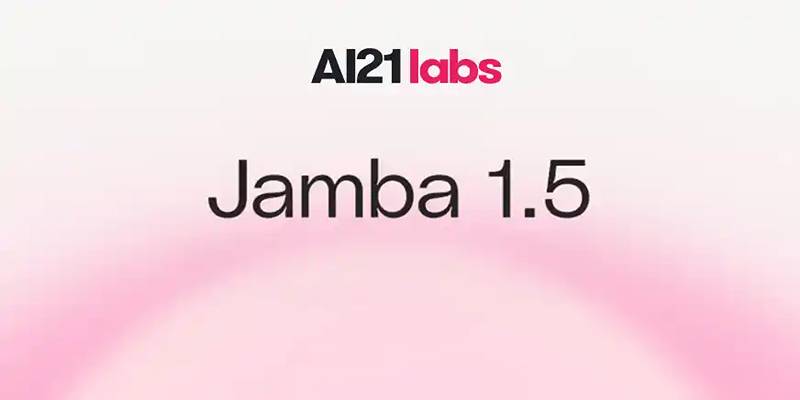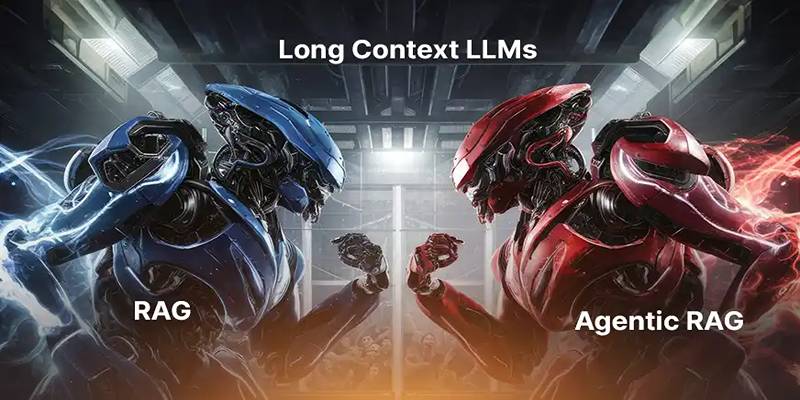Python’s popularity as an object-oriented programming language comes not only from its elegant syntax but also from its flexible handling of data types. The difference between mutable and immutable objects is one of the most important ideas in Python programming. It affects how data is stored and handled in memory, how efficiently programs run, and how developers structure logic.
Whether you are a beginner trying to understand how variables behave in memory or an experienced programmer optimizing performance, this post will help you understand the concept of mutability in Python and how it impacts program behavior.
Understanding Mutability vs Immutability
At its core, the concept of mutability refers to whether an object in Python can be changed after it is created.
- A mutable object is one whose internal state or content can be modified. Changes are made to the object itself without creating a new one.
- An immutable object is one whose state cannot be modified after it is created. Any operation that appears to change its content actually results in the creation of a new object in memory.
This fundamental difference influences everything from memory usage to the safety of your data structures and the predictability of your program’s behavior.
Categorizing Mutable and Immutable Objects

Python’s built-in data types can be classified into mutable and immutable categories. This distinction determines how they behave during assignments and modifications.
Immutable Objects
Immutable objects cannot be altered after creation. Any operation that modifies their value results in the creation of a new object in memory.
- Integers: Whole numbers remain constant throughout their life.
- Floats: Numbers with decimals cannot be changed directly.
- Booleans: The values True and False are constant.
- Strings: Once created, any change results in a new string.
- Tuples: Ordered and fixed collections of elements.
- Frozen Sets: A hashable and constant version of sets.
- Complex Numbers: Immutable by nature in mathematical operations.
Mutable Objects
Mutable objects can be changed after their creation, allowing modification of their content without affecting the object’s identity.
- Lists: Flexible and modifiable collections of elements.
- Dictionaries: Key-value pairs that can be added, updated, or deleted.
- Sets: Collections of unique elements, modifiable at will.
- Custom Objects: The behavior depends on how the class is defined. By default, custom Python objects are mutable.
Understanding the nature of these objects helps programmers choose the appropriate data structure based on whether data should remain constant or be modified throughout a program.
Why Mutability Matters
The concept of mutability is deeply embedded in Python’s object model. It affects variable assignment, parameter passing, memory usage, and performance. The mutability or immutability of a data type determines how it is stored and referenced in memory, which can significantly impact program behavior. When a mutable object is altered, the changes are made in the same memory space. In contrast, modifying an immutable object leads to the creation of a new object in a new memory location.
How Python Manages Memory with Mutable and Immutable Objects
At the memory level, the difference between mutable and immutable objects becomes even more critical. Here's how:
Immutable Objects
Python makes a new object with a new memory reference when you "modify" an unchanging object. The original object remains unchanged, and your variable now points to this new object. It ensures that once an object is created, it remains unchanged, making it ideal for use cases that require consistency and predictability—like keys in dictionaries or constants in configuration files.
Mutable Objects
Mutable objects, by contrast, are changed in place. Their identity remains the same even after their content is modified. This behavior is helpful for scenarios where large datasets are manipulated frequently, such as updating elements in a list or modifying a data structure during program execution. Understanding this distinction helps avoid accidental side effects, particularly when passing variables into functions.
Impact of Mutability on Program Performance
Mutability also plays an important role in determining program efficiency. Let’s explore how.
Immutable Objects and Speed
Immutable objects are typically faster and more memory-efficient, especially when reused throughout a program. Python can optimize memory by interning immutable objects like small integers and strings—storing a single copy in memory that is reused across multiple references. It not only reduces memory usage but also speeds up comparisons and access times, making immutable objects ideal for performance-sensitive applications.
Mutable Objects and Flexibility
Mutable objects are flexible and dynamic, making them suitable for applications that involve frequent updates. However, they may introduce overhead due to dynamic resizing (as with lists) and the additional memory checks involved in modifying them.
If not handled carefully, mutable objects can also lead to unintentional side effects, particularly when passed across functions or shared between multiple parts of a program. That’s why mutability should be used consciously, keeping both its advantages and potential risks in mind.
Design Considerations: Choosing the Right Object Type

Knowing when to use mutable or immutable objects is a key part of writing effective Python code. Here are some guidelines:
- Use immutable objects when data should remain constant throughout the program’s lifecycle—like configuration settings or constant mappings.
- Choose mutable objects for collections or data structures that require frequent updates, such as buffers or dynamic lists.
- Be mindful when passing mutable objects into functions, as changes inside the function will affect the original object.
- When designing custom classes, decide whether the object should be mutable or immutable. By default, Python classes are mutable, but developers can control this behavior with careful design.
Choosing the appropriate object type ensures clarity, avoids side effects, and leads to more maintainable code.
Conclusion
In Python, everything is an object, and understanding how objects behave when modified is foundational to writing clean, efficient, and bug-free code. The distinction between mutable and immutable objects influences how Python handles memory, how functions interact with data, and how developers structure their programs. By mastering these concepts, Python developers can make smarter choices about data types, reduce the risk of bugs, and improve the overall performance and reliability of their applications.











